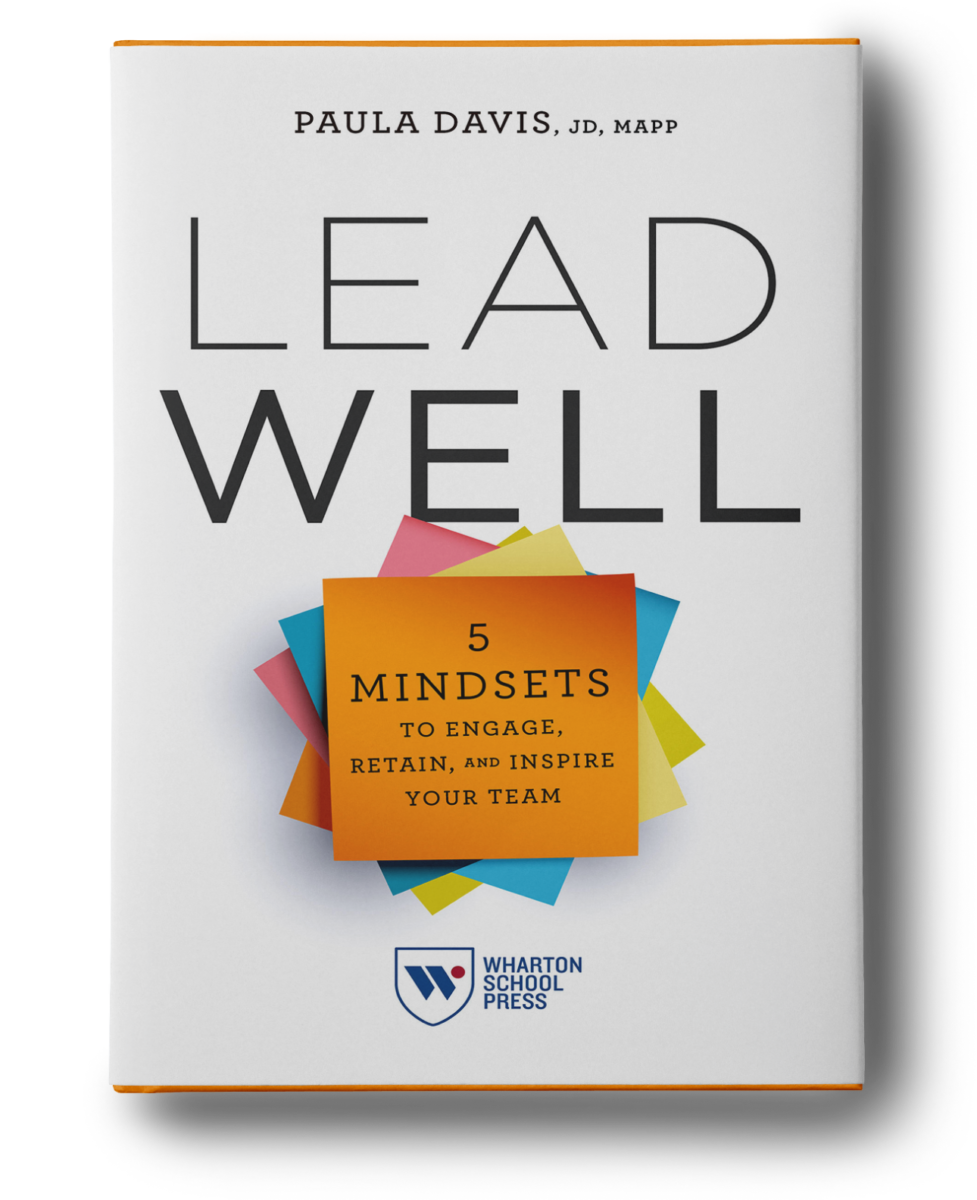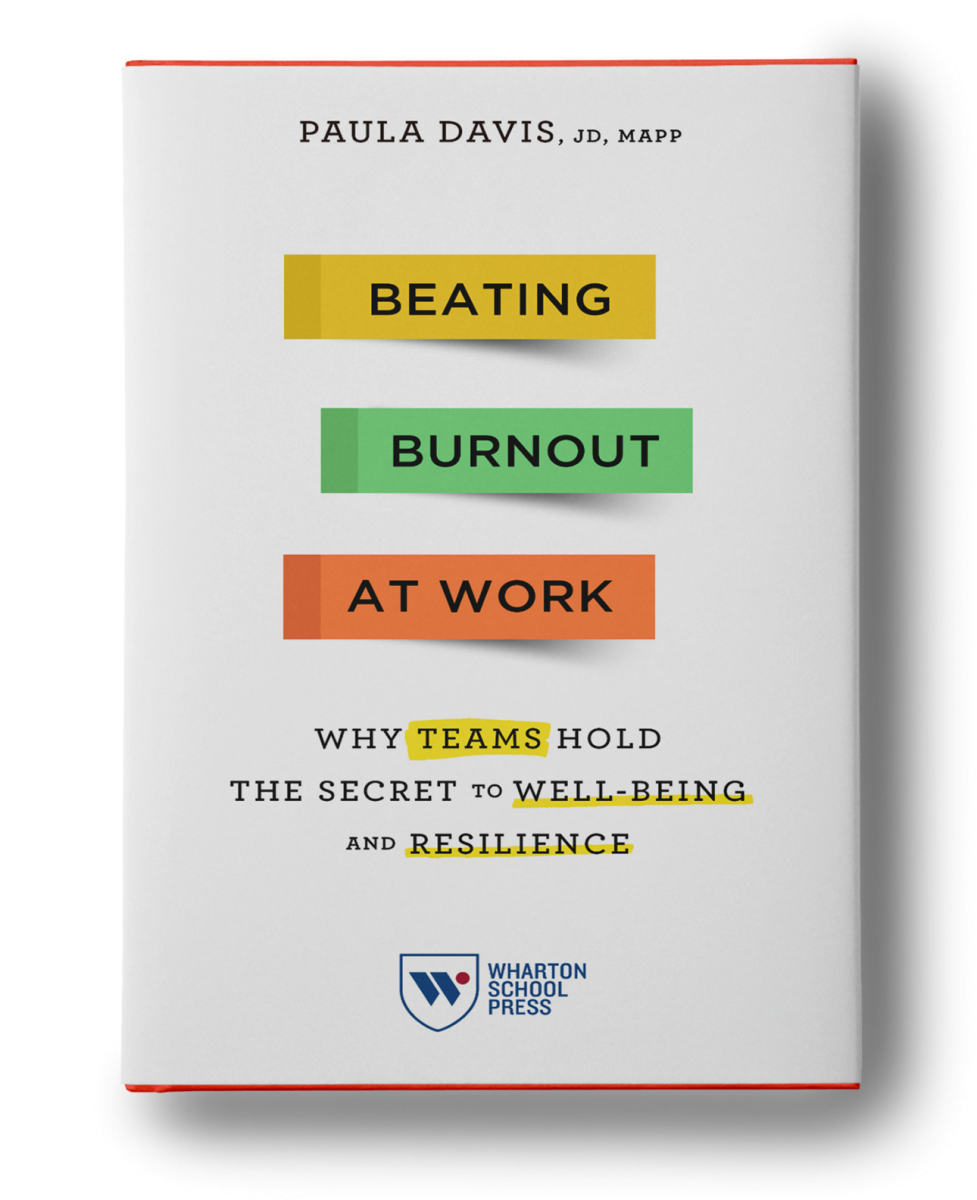By: Jane S. Anderson
When we think of happiness, we often mean the experience of positive emotions like joy or delight. (I’m happy to be on vacation.”) Or relief. (“I’m happy to be done with that project.”) Or a willingness to help. (I’d be happy to run that errand for you.”)
But these common definitions do little to help us understand the nuances of happiness or how to generate more of it.
In her book The How of Happiness, positive psychology researcher Sonja Lyubomirsky describes happiness as “the experience of joy, contentment, or positive well-being, combined with a sense that one’s life is good, meaningful, and worthwhile.”
I like this definition because it scratches below the surface, revealing the deeper essence of happiness. It implies that happiness is more of a journey than a fleeting emotion.
Personally, I agree. In my own experience, the pursuit of happiness includes:
- Experiencing positive emotions and events,
- Engaging in activities that activate my unique talents, skills, and strengths,
- Connecting with others in deep, satisfying relationships,
- Making a meaningful contribution to the world, and
- Accomplishing everything within my potential.
According to science, these aren’t just ideals or nice-to-haves. They’re the building blocks of flourishing individuals and organizations. I’ve noted a few characteristics of each below:
- Positive emotions open our hearts and minds, enable learning, and boost creativity.
- Engagement creates peak performance and experiences.
- Relationships provide acceptance, support, and a sense of belonging.
- Meaning and purpose connect us with something bigger than ourselves.
- Achievement enables mastery through strengths.
These building blocks work together to form a strong foundation of happiness and flourishing. Let me demonstrate with an example from my own life: blogging.
Of course, my primary goal in blogging is to help others cultivate happiness in their own lives! But I’ll explain in more detail how it also cultivates happiness in mine. Through blogging, I’m able to:
- Experience positive emotions when I create new content, respond to comments, and watch visitor stats increase. So blogging is a source of inspiration, joy, gratitude, and hope.
- Get into “the zone” while writing new posts. So blogging fully engages me.
- Build relationships with new readers and deepen relationships with clients, colleagues, family, and friends, as we exchange ideas and learn new things from one another. So blogging deepens my relationships.
- Connect with a purpose that’s bigger than me – a movement to help individuals and organizations flourish. So blogging is personally meaningful and promotes a higher purpose.
- Hone my writing and critical thinking skills, and utilize my character strengths of creativity, love of learning, and humor. So blogging allows me to use my strengths in novel ways.
You can see how happiness goes way beyond “I’m happy to meet you.” The pursuit of happiness, defined in this broader sense, is like putting deposits into a bank account – the greater the deposits, the bigger the balance; and, the bigger the balance, the larger the cushion when withdrawals are made. Withdrawals, of course, are daily stresses and adversity.
This framework for understanding happiness is inspiring and empowering. It demonstrates that we have a large measure of control over whether we’re happy or not, whether we flourish or not. Through daily choices and actions that cultivate positive emotions and relationships, engagement, meaning, and achievement, we can become happier and flourish.
Take a moment to consider your own view of happiness. Is happiness more of a fleeting emotion or a journey? If you shifted your attention to the 5 building blocks, how might you cultivate more happiness at work or home?
At the end of the day, we deserve a life full of positive well-being, goodness, meaning, and worth. That’s what happiness is all about.
Want to know more? Download my free “Is It Stress or Is It Burnout” strategy guide here. You can also learn about my speaking and training programs here.
_________________________________________________________________________________________
References
Csiksentmihalyi, Mihaly (1999). If We’re So Rich, Why Aren’t We Happy? American Psychologist.
Fredrickson, Barbara (2009). Positivity: Top Notch Research Reveals the 3:1 Ratio That Will Change Your Life. New York: Three Rivers Press.
Lyubomirsky, Sonja (2007) The How of Happiness: A New Approach to Getting The Life You Want. New York: The Penguin Press.
Seligman, Martin (2011). Flourish: A Visionary New Understanding of Happiness and Well-Being. New York: Free Press.]]>







